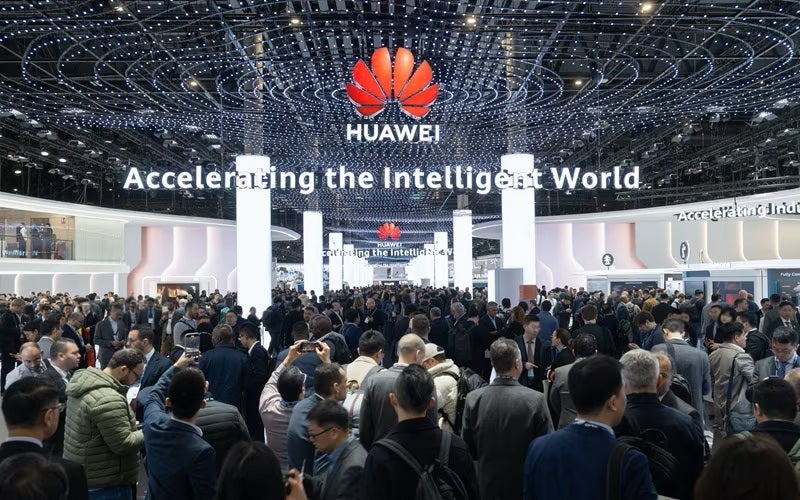Completely Automated Public Turing tests to tell Computers and Humans Apart (CAPTCHA) systems, originally presented distorted text that users had to decipher and input correctly, relying on human pattern recognition capabilities that were difficult for early bots to mimic.
A bot is an automated software application that performs repetitive tasks over a network. Bots can be used maliciously to create fake accounts that generate and share content, and the number of bot-to-bot interactions is rising—as per the Dead Internet Theory.
As AI and machine learning advance, so do the techniques to bypass these systems, necessitating a more sophisticated approach. Google’s reCAPTCHA system represents a significant evolution from its predecessor, CAPTCHA, by using advanced AI technologies to distinguish between human users and bots more effectively.
ReCAPTCHA’s early life
The reCAPTCHA project began at Carnegie Mellon University in 2007 and was acquired by Google in 2009. Initially, it not only served to verify human users but also contributed to digitising books and newspapers. Users would be shown two words: one known and one unknown. Correctly identifying the known word validates the transcription of the unknown word, which aids in the digital archiving of historical texts. ReCAPTCHA verifies that a word is accurately transcribed by showing the same words to multiple users to review. By 2011, ReCAPTCHA had finished digitising the entire Google Books archive.
Since 2012, Google has been incorporating photos from Google Street View, making users transcribe door numbers and other signage. With reCAPTCHA v2 introduced in 2014, instead of just typing text, users were asked to identify objects in images, such as street signs or storefronts. This not only improves security but also helps train Google’s AI systems, enhancing object recognition in services like Google Maps and the company’s self-driving car projects. Google is directly benefiting from our need to prove we’re human to grow its machine-learning datasets. The more labeled training data Google can analyse, the better and more competitive its AI models will be.
By 2017, Google further refined this system with the introduction of the “No CAPTCHA reCAPTCHA,” which often requires users simply to check a box. Behind the scenes, reCAPTCHA analyses user behaviour—such as cursor movements, scrolling patterns, and click timing—along with browser metadata and browsing history (all permissible as per Google’s privacy statement) to assess the likelihood of human interaction.
The ethical implications
The role of AI in these developments is crucial. Modern machine learning models are adept at analysing patterns and behaviours characteristic of human users. These models can learn from vast datasets to distinguish subtle differences between human and bot behaviours, making it increasingly challenging for automated systems to pass as humans without solving additional visual challenges.
However, this cat-and-mouse game between CAPTCHA developers and those attempting to bypass them has ethical implications. One significant concern is the exploitation of human labor in digital sweatshops. Here, individuals, often in low-wage regions, are employed to manually solve CAPTCHA challenges, enabling spammers to bypass security measures en masse. As CAPTCHA systems continue to evolve, they highlight the broader interplay between technological advancement and ethical considerations.
While AI has made reCAPTCHA more secure and multifunctional, it has also led to new forms of exploitation and challenges in distinguishing humans from machines. The future of reCAPTCHA will likely involve even more sophisticated AI to keep ahead of increasingly advanced bot technologies, emphasising the need for ongoing ethical scrutiny of how these systems are developed and deployed.








